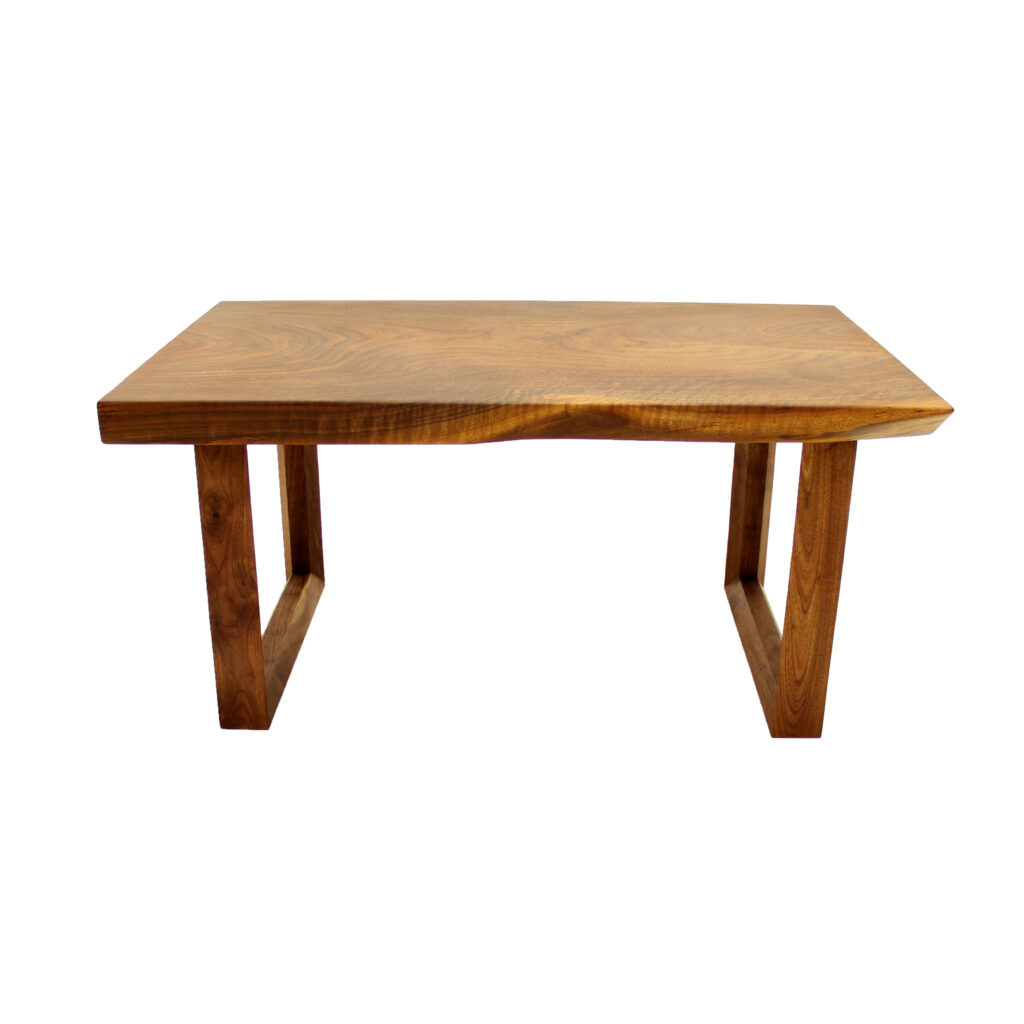Use Case Scenarios and Your Space
A variety of factors go into coffee table sizing, but in our experience the most important factors are use case scenarios and the actual space the coffee table will reside in. So let’s start with the first item, which are use case scenarios. In your regular use case (daily or weekly activity), what will you actually use the table for?
In regards to the space that your coffee table will occupy, one thing to always keep in mind is to have enough room to walk around and behind the tables, chairs, and any occasional/end tables, and hopefully not bumping into anything. So that usually means keeping a perimeter around the projected dimensions and placement of the table itself. That perimeter is usually recommended to be about at least 18” around the table to allow for free movement.
Coffee Table Right-Sizing
The most common practice for judging coffee table height is to pair it near the height of your couch cushions or other seating options. This isn’t a hard and fast rule, but typically this will equate to a coffee table height of somewhere from 16” to 22” tall, and it’s a good idea to keep in mind that if you are a buying a long-term piece from us built to last, your coffee table is likely to outlive your couch. So we recommend building most coffee tables about 18” to 20” tall, to match the current use case and future-proof the usability to pair with other things down the road.
There is really no standard length or width for a coffee table, but this should instead be calculated based on your use case above, and allowing for enough room to comfortably navigate around the piece and your other furniture. We can help recommend a length and width to help right-size a coffee table when reviewing your use case scenarios and space, as outlined in the considerations above.
